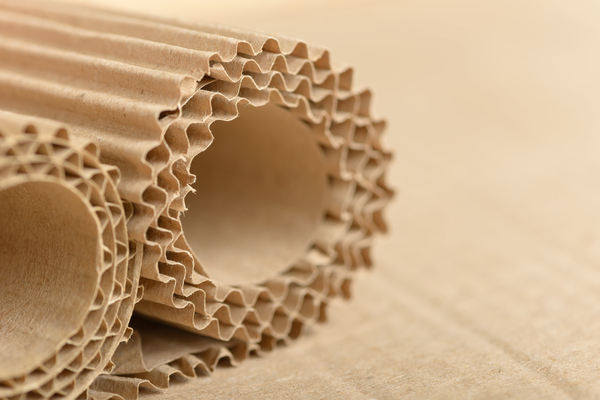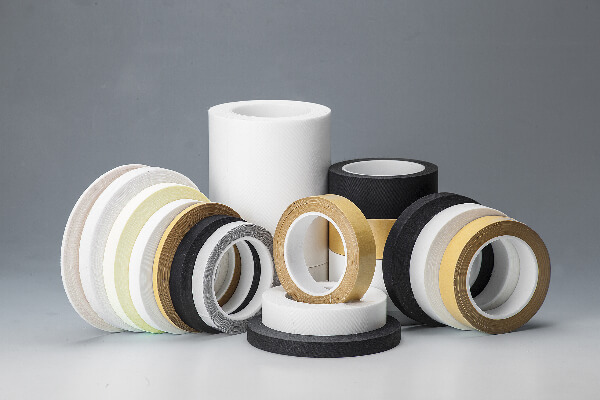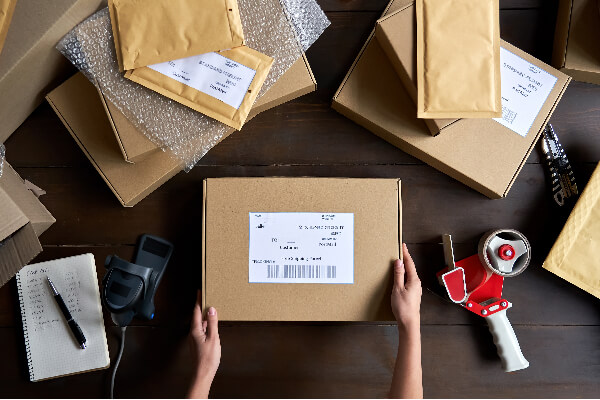The box has many applications in our daily lives, such as in product sales and moving. When using a box, it’s important to know its dimensions to make efficient use of the space. So, how do we measure the dimensions of a box? In this article, you will find a comprehensive answer.
Essential Tools for Measuring a Box
Tape Measure
Among the tools used for measuring box dimensions, the tape measure is the most commonly employed. Its design allows for easy extension and retraction, making it incredibly convenient to use. Additionally, it possesses a certain rigidity, ensuring that the extended tape remains straight without requiring force at the end. This feature enables single-handed operation, making it particularly convenient when measuring the depth of a box.
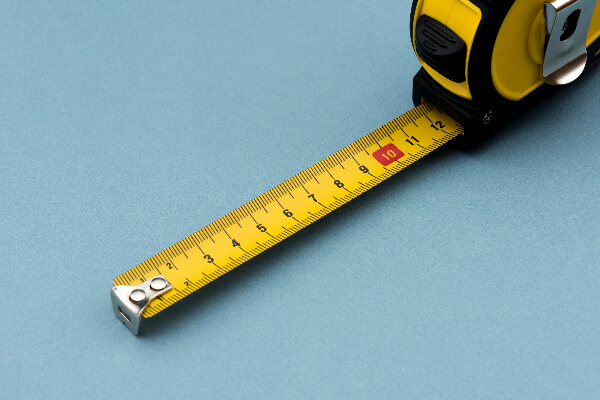
Measure A Box Dimension Step by Step
Now that we’ve covered the measuring tools, let’s take a look at a step-by-step guide on how to measure the dimensions of a box.

Exterior Measurements
The first step involves taking exterior measurements, which help determine the space occupied by the box. This is crucial for storing and transporting goods. For example, when using containers to ship items, measuring the external dimensions of the boxes helps us confirm how many can fit inside a container. This aids in calculating transportation costs effectively.
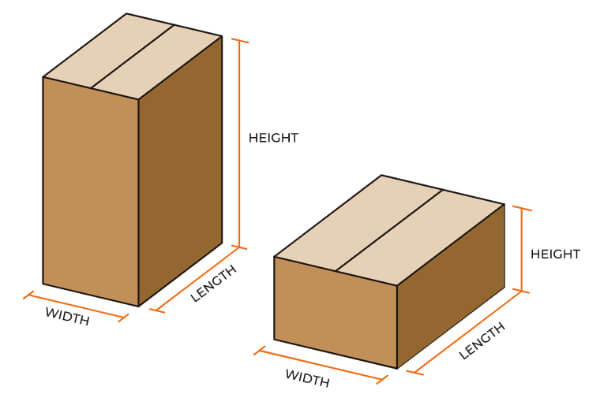
Step 1: Measure Length
The term “length” typically refers to the longer side of the box in its horizontal cross-section with the ground. Measure this at the top of the box, using a ruler to measure both ends and record the measurements to determine the box’s length.
Step 2: Measure Width
“Width” usually denotes the shorter side of the box in its horizontal cross-section with the ground. Employ the same method as in Step 1, measuring and recording the measurements to determine the box’s width.
Step 3: Measure Height
“Height” refers to the side of the box that is vertical with the ground. Typically measured on the side of the box, use a ruler to measure both ends and record the measurements to determine the box’s height.
Interior Measurements
By measuring the interior dimensions, we can determine the volume inside the box. This volume dictates the size of objects that the box can accommodate. Knowing the internal volume of the box helps us choose the appropriate box for items.
Step 1: Measure Length
When measuring the interior, “length” typically refers to the longer side in its horizontal cross-section with the ground. We measure the distance from one inner wall to the opposite inner wall at one end of this side.
Step 2: Measure Width
For interior measurements, “width” usually refers to the shorter side corresponding to the length in its horizontal cross-section with the ground. Similarly, we measure the distance from one inner wall to the opposite inner wall at one end of this side.
Step 3: Measure Height
During interior measurements, “height” essentially represents the depth of the box. It is the side perpendicular to the horizontal plane. Measure the distance from the bottom to the top of the box to determine its height.
Volume Calculation
After obtaining the measurements, the next step is to calculate the volume of the box. This allows us to determine the box’s size. Typically, we use the following formula to calculate the volume of a box:
Box Volume = Length * Width * Height
For example, if the length of the box is 10 inches, the width is 5 inches, and the height is 8 inches, then the final volume would be: Volume = 10 in * 5 in * 8 in = 400 cubic inches.
Non-Rectangular Boxes Measurements
However, not all boxes in real life are standard cubes. So, how do you measure irregular boxes? You can try the following two methods:
Dissection Method
The dissection method involves dividing the box into several parts and then adding up the volumes of these parts to determine the total volume of the box. Here are the specific steps:
Step 1: Divide The Box Into Different Shapes
For irregular boxes, it’s necessary to divide them into different measurable shapes, such as rectangular prisms, cylinders, cones, etc. It’s helpful to use a pen to draw some auxiliary lines on the box, ensuring more precise measurements.
Step 2: Measure Each Separated Shape
Next, measure each shape after the division. Different shapes have different volume calculation formulas, and the dimensions to be measured may vary. Shapes like cones or spheres might be a bit challenging to measure and calculate, so it’s advisable to separate them into cubic shapes for easier calculations.
Step 3: Add up the volumes of each shape
After calculating the volume of each part, add them together to determine the volume of the irregular box.
Substitution Method
The substitution method involves filling the box with a liquid and then measuring the volume of the liquid using a graduated cylinder, thus determining the box’s volume.
However, this method can be cumbersome in practical application because many boxes are made of paper and may not be perfectly sealed. Directly containing liquid in the box could lead to leakage or damage to the box. To address this, some modifications may be needed at the interface between the box and the liquid to ensure proper containment. If the measurement precision requirement is not very high, an alternative could be using dry fine sand instead of liquid, as it is more convenient to handle.
The substitution method offers higher accuracy compared to the dissection method, but it is only suitable for measuring the internal volume of the box. It is not applicable for external measurements.
Conclusion
That concludes the methods for measuring box dimensions and calculating box volume. We hope this information has been helpful to you. However, during the actual measurement and calculation process, you may encounter other issues. Please feel free to reach out to us. The product experts at ReanPackaging will be delighted to assist you.
FAQ
What If I Am Unsure What Box Size My Product Should Be In?
You can start by measuring the maximum width and height of your product. Based on these measurements, choose a box that fits your product. Generally, the box dimensions should be slightly larger than the measured width and height.
Are There Apps Available for Measuring Box Sizes?
Yes, there are indeed apps designed for measuring box dimensions. One example is the BoxSize app. With this app, you can easily measure the dimensions of a box using your smartphone. You can find and download it on Google Play and the App Store.
How to Measure Girth for Box Measurements
Girth involves measuring the distance around the box. During the transportation process, shipping companies often have requirements for the box’s circumference. Failure to meet these requirements may result in additional charges. Therefore, measuring the girth is crucial in determining the final shipping cost.
After measuring the box dimensions using the methods mentioned earlier, you can calculate the girth using the following formula:
Girth = 2 * (Height + Width)
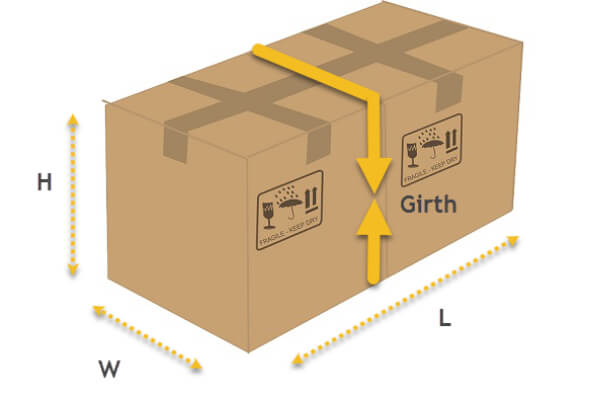
More Resources:
Girth of A Box – Source: Eurosender
How to Measure Shipping Box – Source: Youtube
